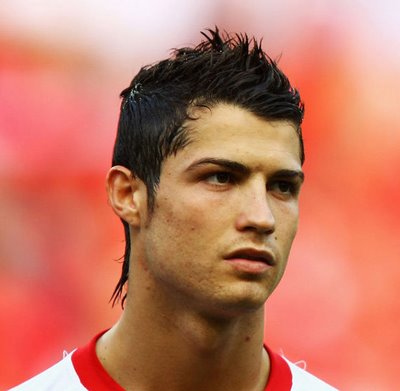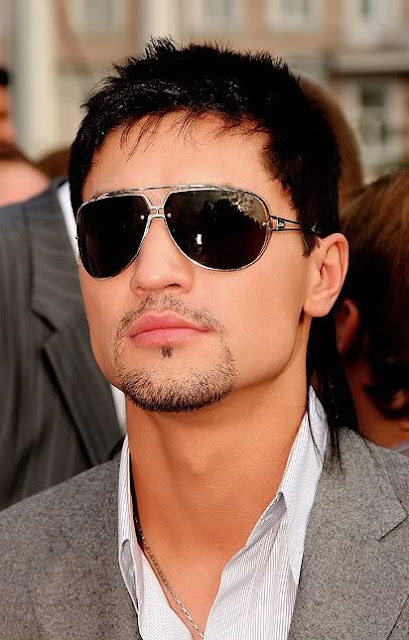Mullet hairstyles are a courageous choice. It takes a certain personality to successfully wear the style. With the right stylist and attitude you can consider changing your 'do too. Don't expect it to go unnoticed. It is a daring move towards fashionable. Kings, queens, celebrity and common folk alike have adorned the beloved style for centuries. It is also commonly referred to. While it has been worn for ages, the hairdo reached peak popularity in the late eighties and early nineties. Because of its flexibility and age-defying characteristics, people across the world are rocking these hairstyles at any latitude and serious attitude.
Business in the front, party in the back, is the continued slogan amongst mullet lovers worldwide. With the ability to groom the front locks for formal events and keep the back free flowing and long, the style suits any occasion. It is a adaptable coif that is defined solely by the shorter front and longer rear. This offers ample opportunity to personalize the style. Despite declines in popularity, Eastern European nations have kept the mullet alive since the nineties. Germany, in particularly, has seen sustained recognition for the style. Studies indicate that rate of mullet display correlate directly to David Hasselhoff's ticket sales in a particular country. Briefly thought to be unfashionable, the mullet is now coming back in numbers, particularly in the American south.
Mullet hairstyle is short on the front and sides of he head, and long in the back. The word "mullet" was popularized by the Beastie Boys, a US hip-hop band; whether they coined the word is up for debate. There are many different varieties of mullet, ranging from something like a layered haircut with short layers on top of the head)to a crew cut with a long tail of hair extending down to the middle of the back. The look was first seen in 1960s America, though it remained marginalized until the 1980s, when "hair-metal" and "glam-metal" bands began teasing and perming their hair into high-maintenance mullet hairstyles. Hair metal musicians all wore big hair which was short on top, and about shoulder-length on the back.
Today, this hairstyle is strongly associated with white working-class culture, heavy metal fans and lesbians. The mullet is therefore not seen as glamorous or desirable. Its reputation worsened, if anything, when hipsters began wearing mullets in the mid-00s. This haircut is likely to get a strong reaction from other people, from ironic enjoyment on one side to disgust on the other. I know of at least one poetry website dedicated to the mullet hairstyle. To some people, a mullet reflects a sort of who cares what other people think? attitude that they envy or aspire to.













